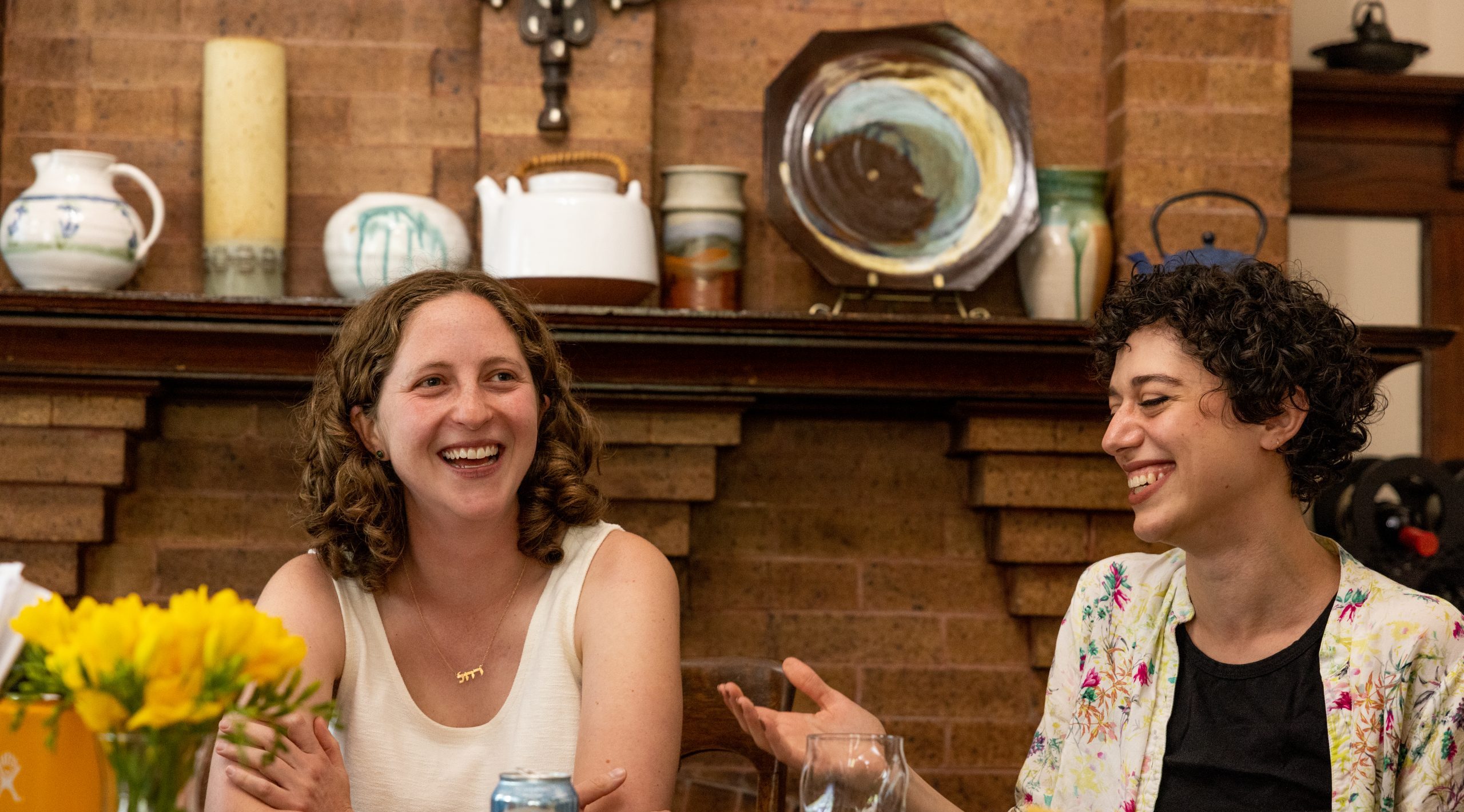
I was boarding an airplane recently when the man in front of me, who looked to be about 20 years my senior, turned and asked, “How long have you worn a kippah?” He was not wearing a kippah, so I was a little startled by this very direct question. But my mind picked up on other cues and quickly filled in a story that he was Jewish and was asking this question out of a sense of solidarity.
“Since I was 19,” I told him.
“I’ve been thinking about wearing a kippah in public recently because…” he trailed off. “Well, you know why.”
The line moved and we were on the plane, and that was the end of the conversation. But his last words lingered with me. I didn’t know exactly why, of course. My surmise is that he meant he wanted to show Jewish pride at a time when acts of hatred towards Jews have increased dramatically, when many Jews experience greater fear and trepidation about displaying their Jewishness in public. I think–again, my mind is filling in a story based on two lines of conversation here–he meant that he wanted to show it to the world, to be loudly and proudly Jewish, and that wearing a kippah was a way to do that. He hadn’t done it yet, but seeing me wearing a kippah in the boarding line gave him a little nudge.
Parashat Tetzaveh provides readers of the Torah our annual seminar in clothing, as it describes in detail the garments of the Kohen Gadol (high priest). “Make sacral vestments for your brother Aaron, for dignity and adornment,” the Holy One tells Moses. “And you shall instruct all who are skillful, whom I have endowed with the gift of skill, to make Aaron’s vestments, for consecrating him to serve Me as priest” (Ex. 28:2-3). Rashi notes here that the Torah is saying that it is through putting on these garments that Aaron becomes installed as Kohen Gadol–that the clothes literally make the man. Before he puts them on, he’s Aaron, Moses’s brother; once he puts them on, he becomes identified–to others, to the Divine, and to himself–as something else.
I don’t think of myself as someone who thinks a lot about clothes. My middle son pays a lot of attention to sneakers; I don’t get it (in the same way that he doesn’t get how I spend time comparing the recordings of the same Beethoven symphony by different orchestras–we all have our mishigas). But I’m a human being who lives in various communities, so of course I do think about clothes a great deal, even if I don’t do so consciously. I think about how I’m going to show up, what my clothing will communicate to others about me, how it will contribute to setting a tone, how it will or won’t display kavod, honor, to the others in the room, real or virtual.
You may or may not be a clothing person, but chances are you too, at least subconsciously, think about these questions too. When we scratch their surface, I think we find these questions can quickly become rather intense, as they are bound up with our sense of self, our social location, our relative sense of power and security–or lack thereof–in the world. I think that’s what underlay that short conversation with the man in the airplane line, and why, weeks later, it still echoes for me.
How might our Jewish mindfulness practices help us navigate these questions with greater ease and wisdom? In many ways: By helping us slow down and make our clothing choices with more awareness; by assisting us in cultivating the courage to dress in ways that we might be intimidated from doing; by nurturing the internal space for us to remember that, no matter how we dress, the Divine spirit resides within us and all beings. Just as it was for Aaron and his children, our clothing both informs and expresses who sense ourselves to be and how others understand us; it becomes a liminal space in which our sense of inner and outer takes shape. Such spaces are precisely where our practices can help us most.

